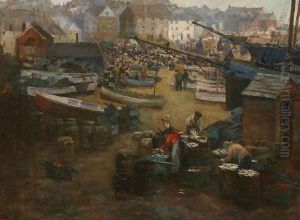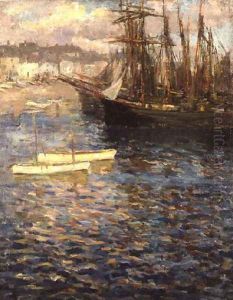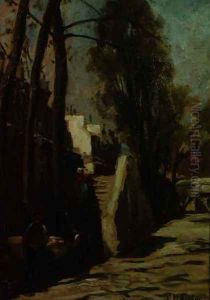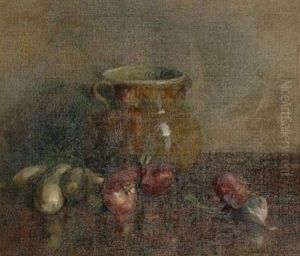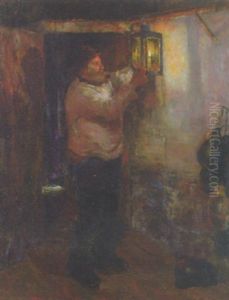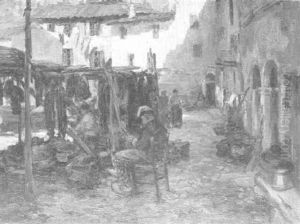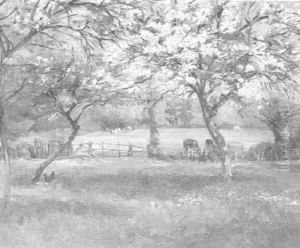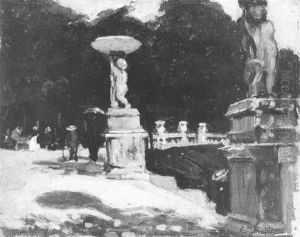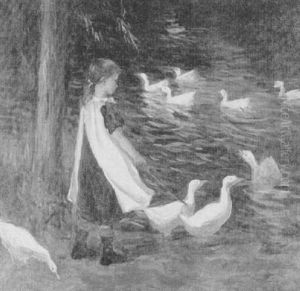Gwendoline Margaret Hopton Paintings
Gwendoline Margaret Hopton was a British artist born in 1865, whose work primarily encompassed painting, specifically in watercolors. She was part of the early 20th-century movement of British artists who were exploring new methods of expression and techniques within the realms of watercolor and drawing. Hopton's work is not as widely known as some of her contemporaries, which may be attributed to the era's gender biases that often relegated women artists to the periphery of the art world.
Throughout her life, Hopton was dedicated to her craft and was known to have exhibited her work, though the records of these exhibitions are sparse. She was likely involved in local art societies and may have been associated with larger movements or groups within the British art scene, such as the Suffragette Artists, who sought to challenge the status quo and create more opportunities for women in the arts.
Gwendoline Margaret Hopton's work was characterized by a gentle touch and an eye for detail, which is evident from the surviving pieces of her artwork. Her subjects varied from landscapes and floral compositions to more domestic scenes and portraits. Her style resonated with the Arts and Crafts movement which was prevalent during her time, emphasizing the beauty of handcrafted art and design.
Hopton lived through two World Wars, which would have undoubtedly impacted her life and work, though there is little record of how these events influenced her directly. She continued to paint throughout her life, and her artwork provides a window into the visual culture of her time.
Gwendoline Margaret Hopton passed away in 1946. Unfortunately, like many women artists of her time, her contributions have not been as prominently recognized or preserved as some of her male counterparts. As art historians continue to rediscover and celebrate the work of female artists from the past, Hopton’s oeuvre may receive greater attention, allowing a fuller understanding of her impact on the art world.
